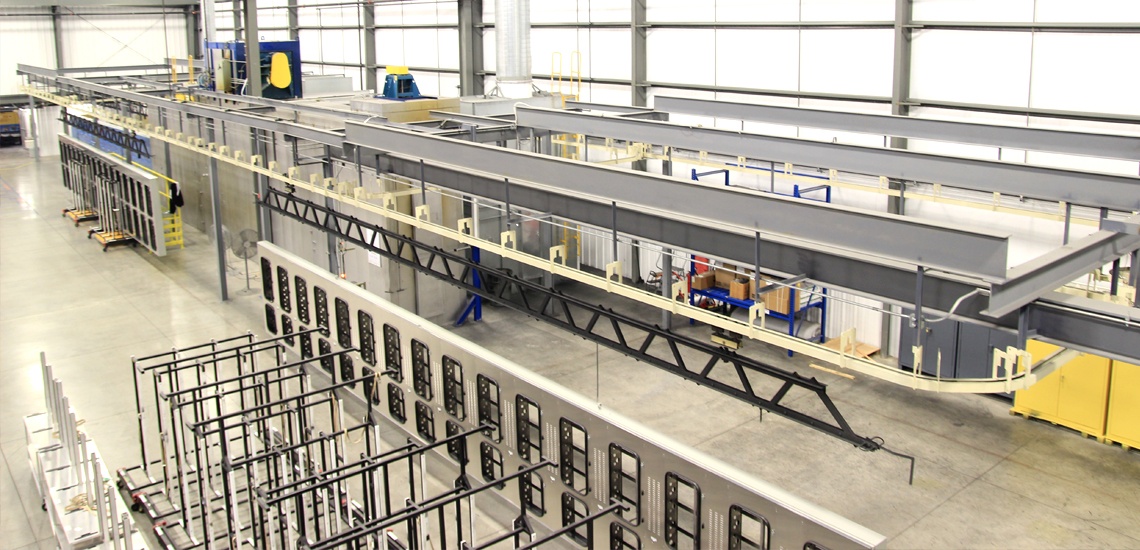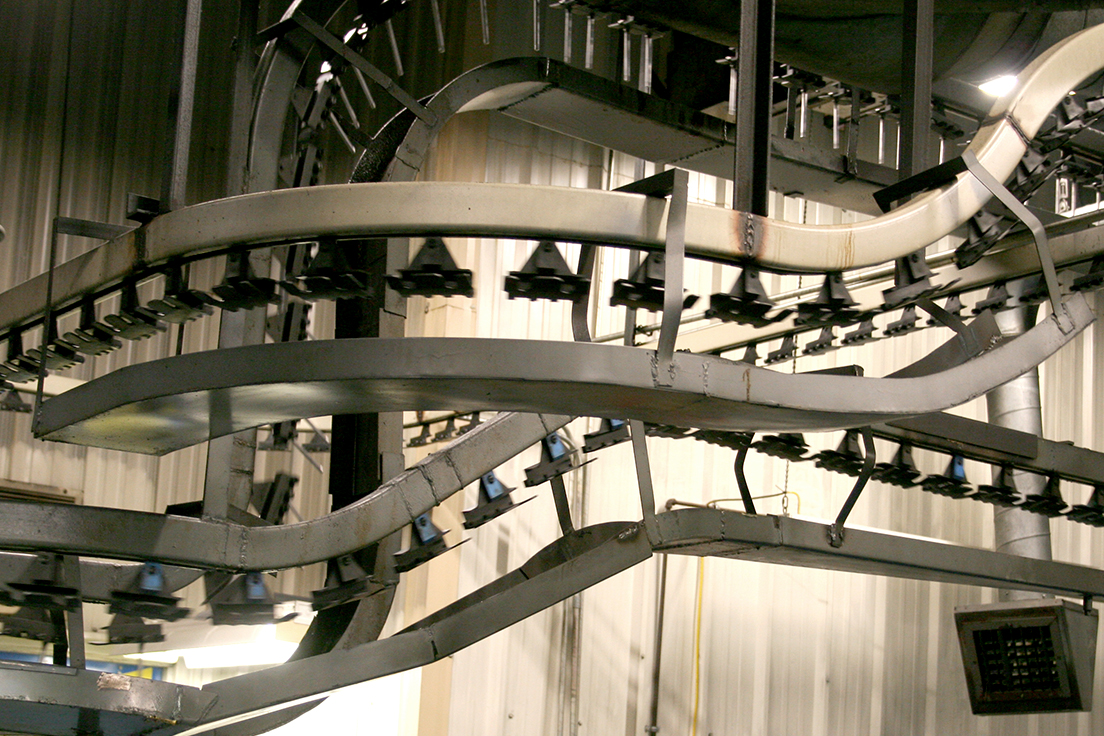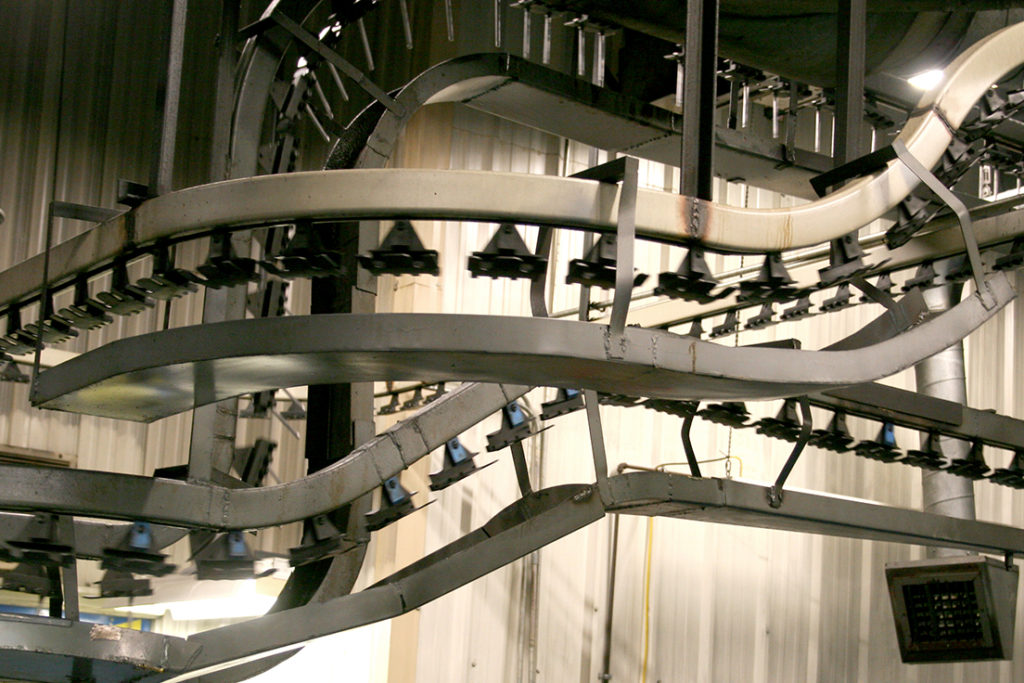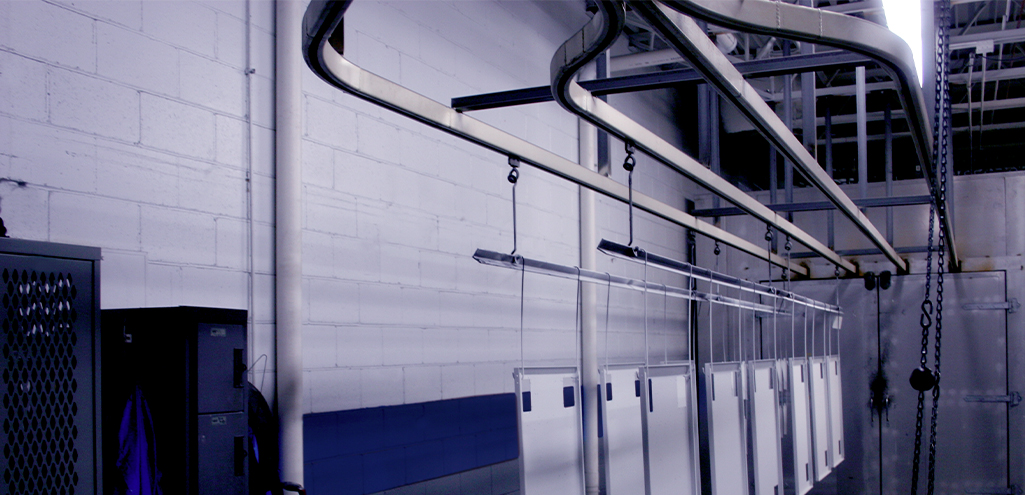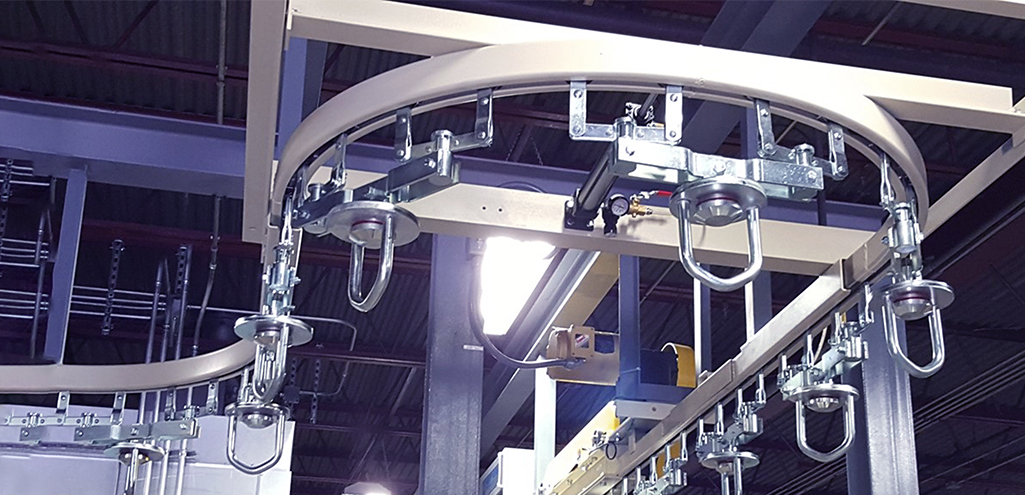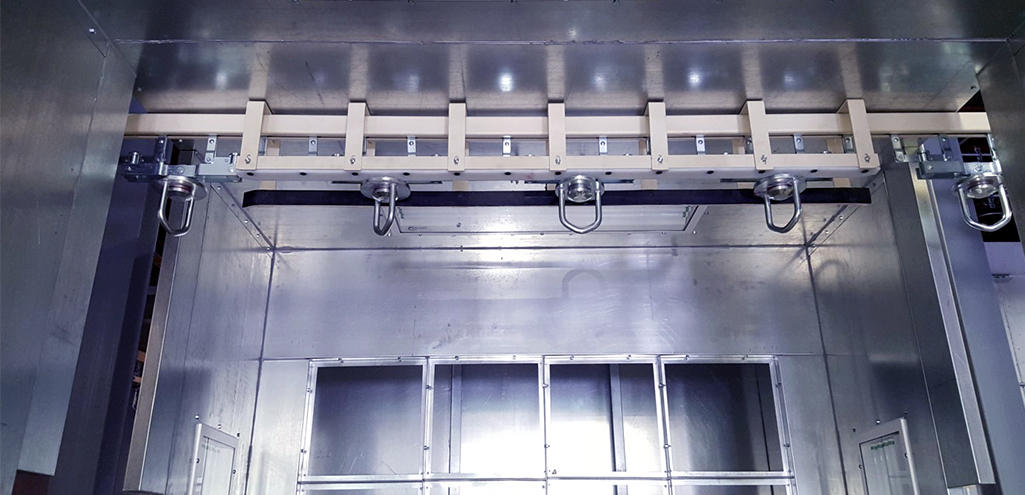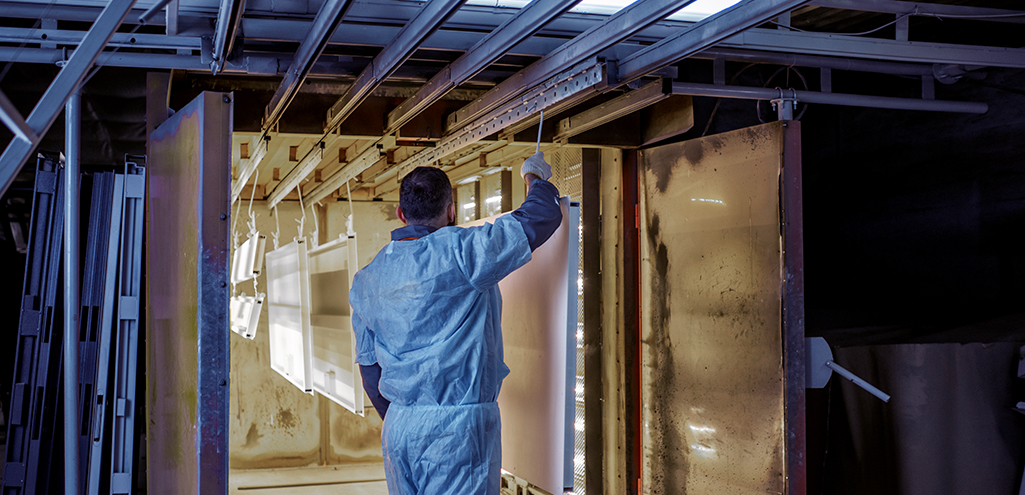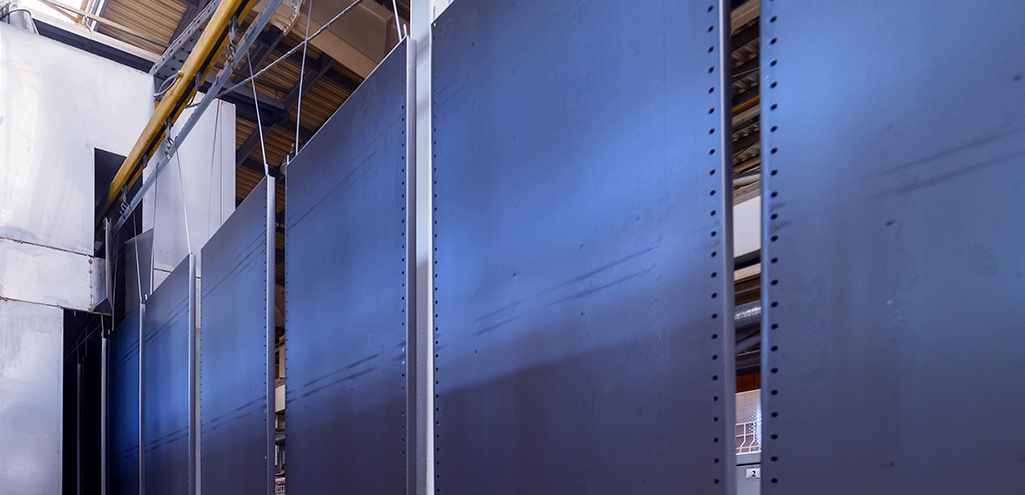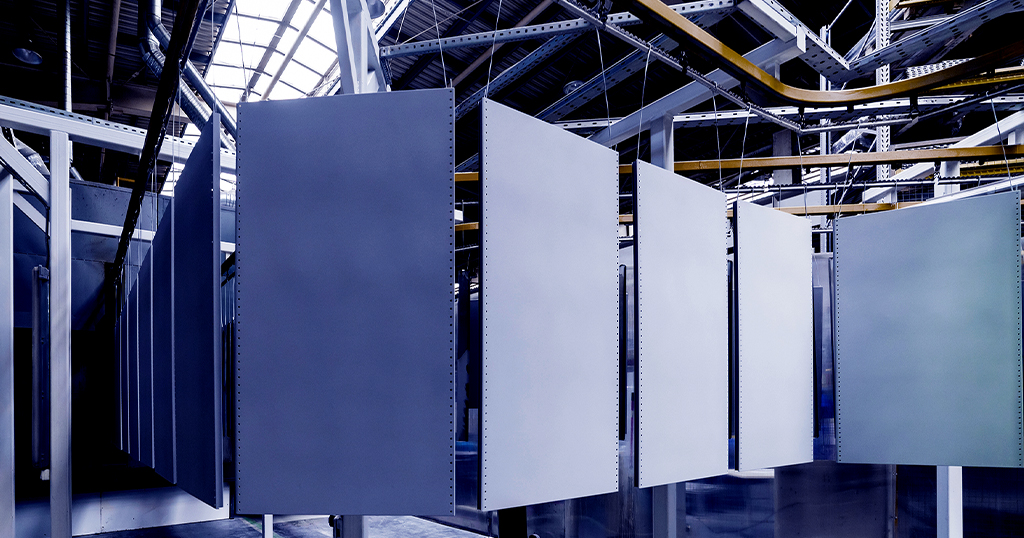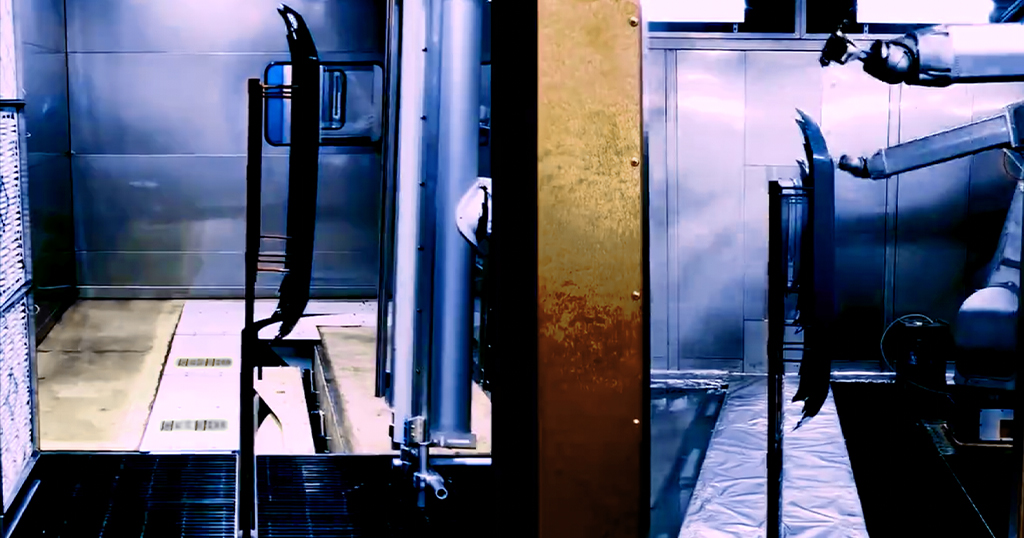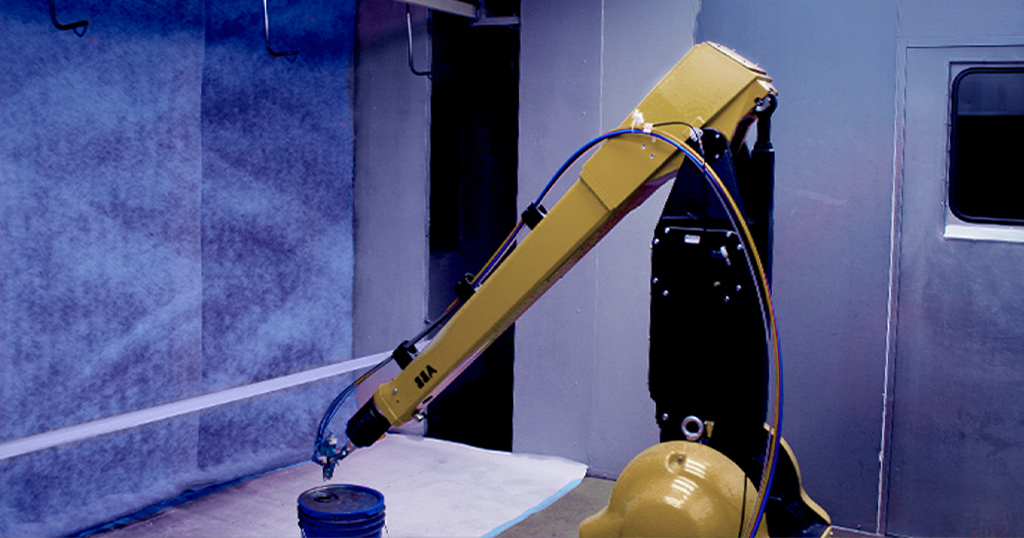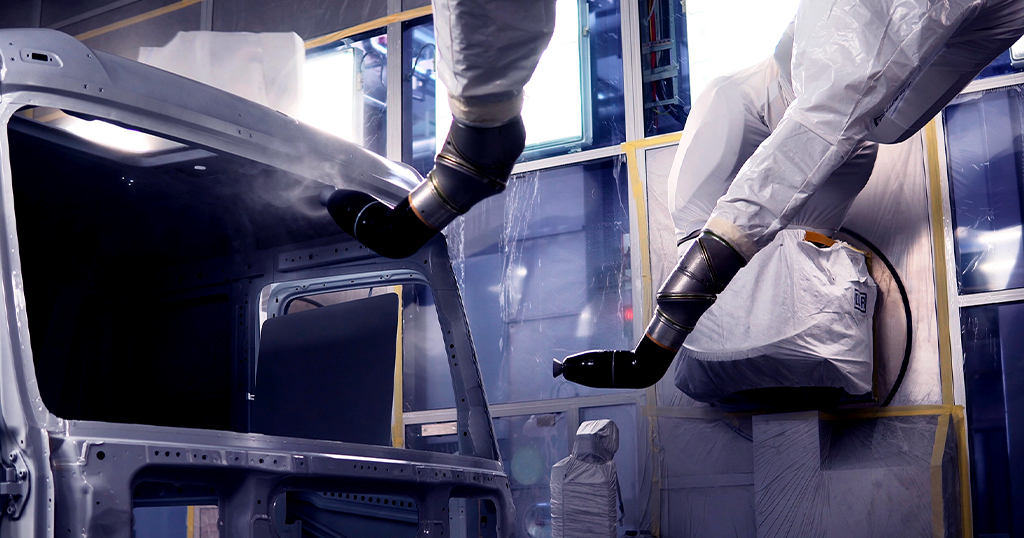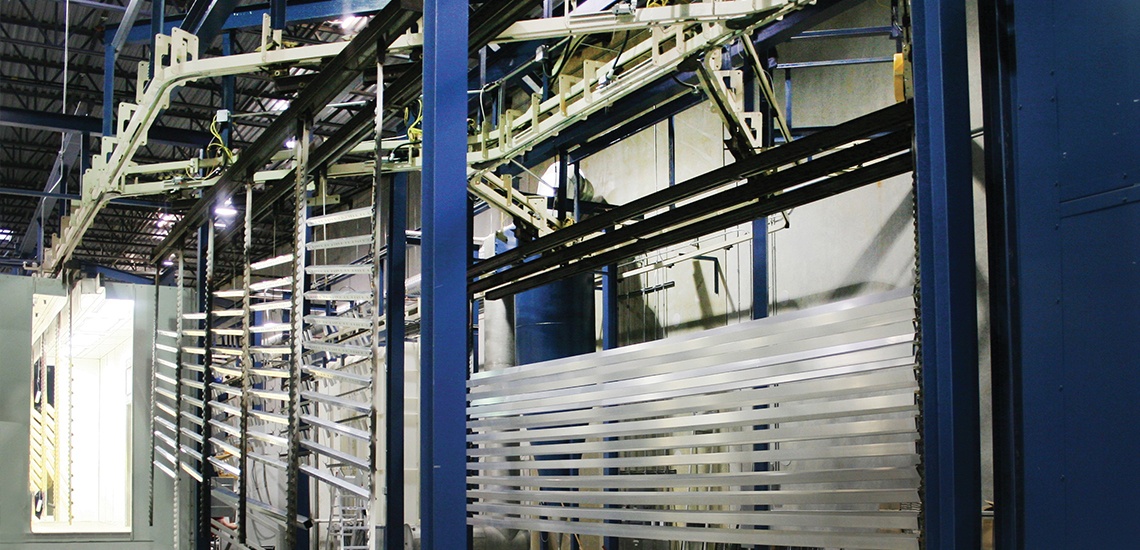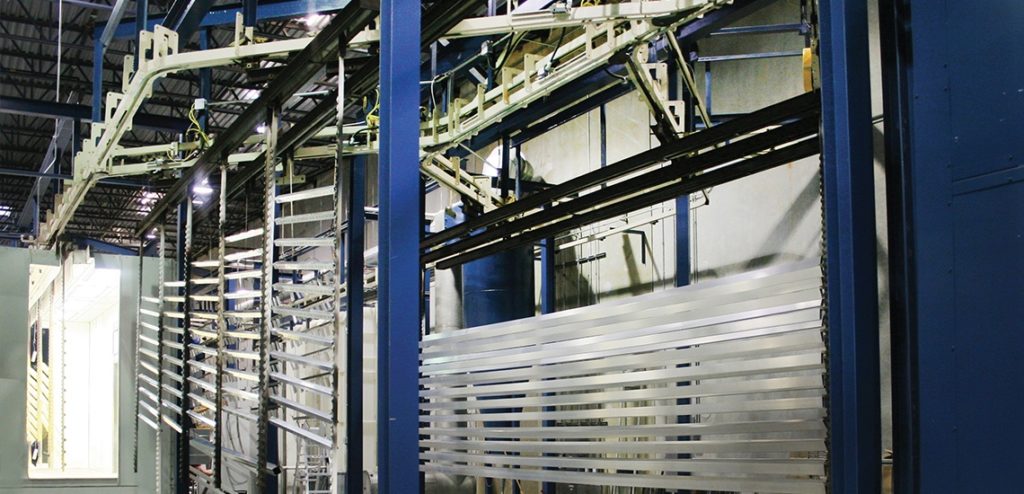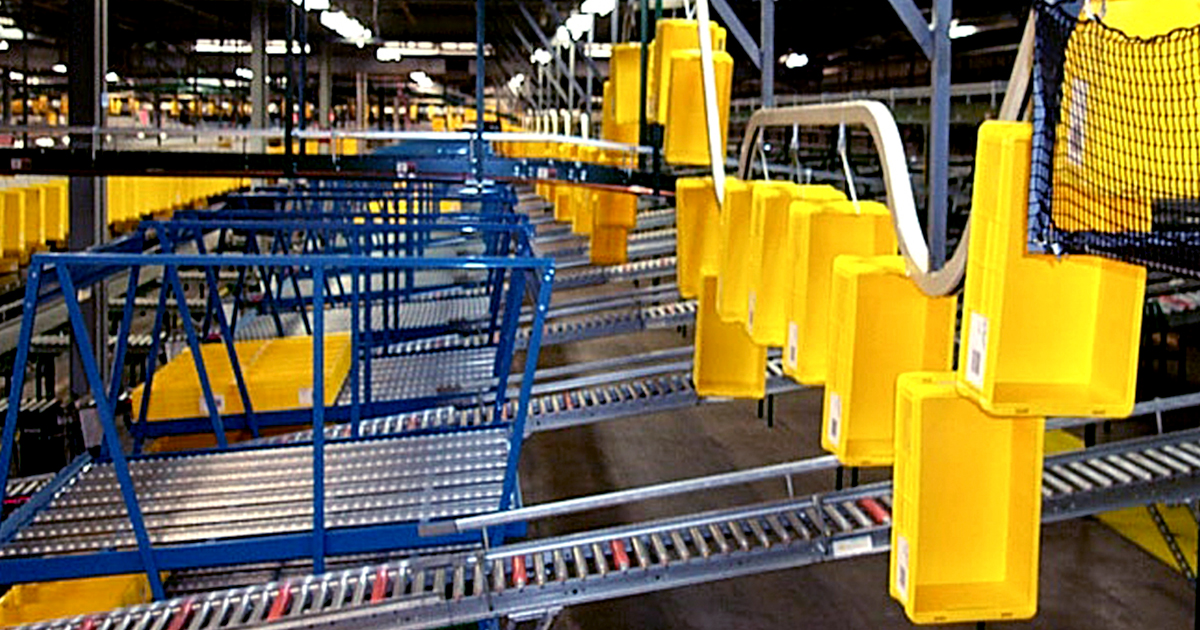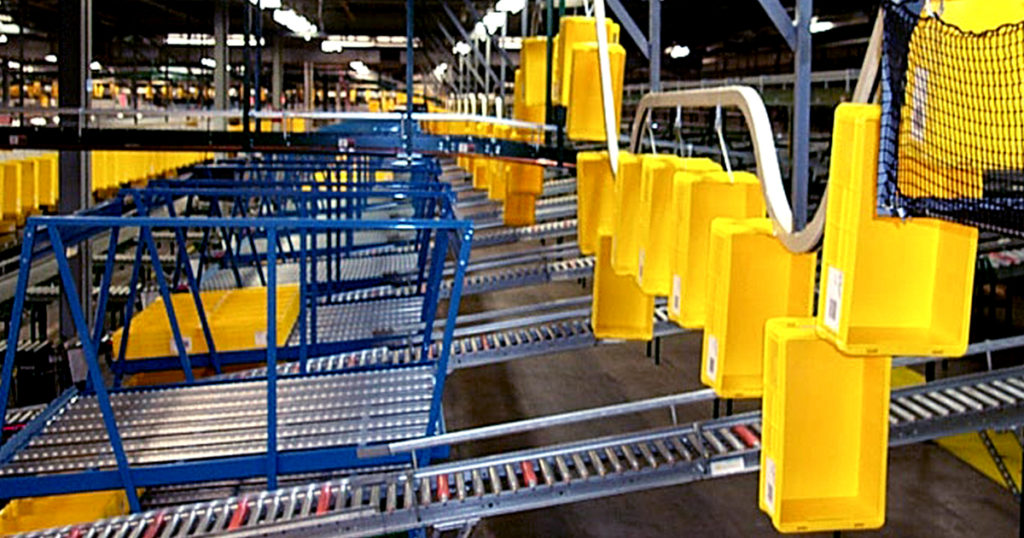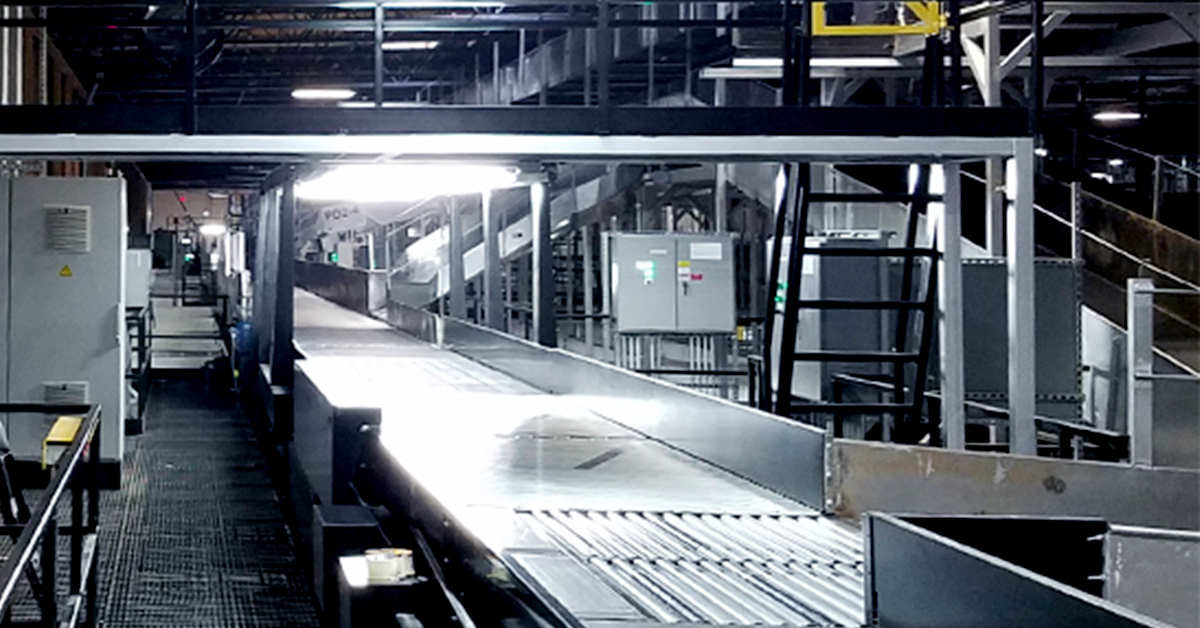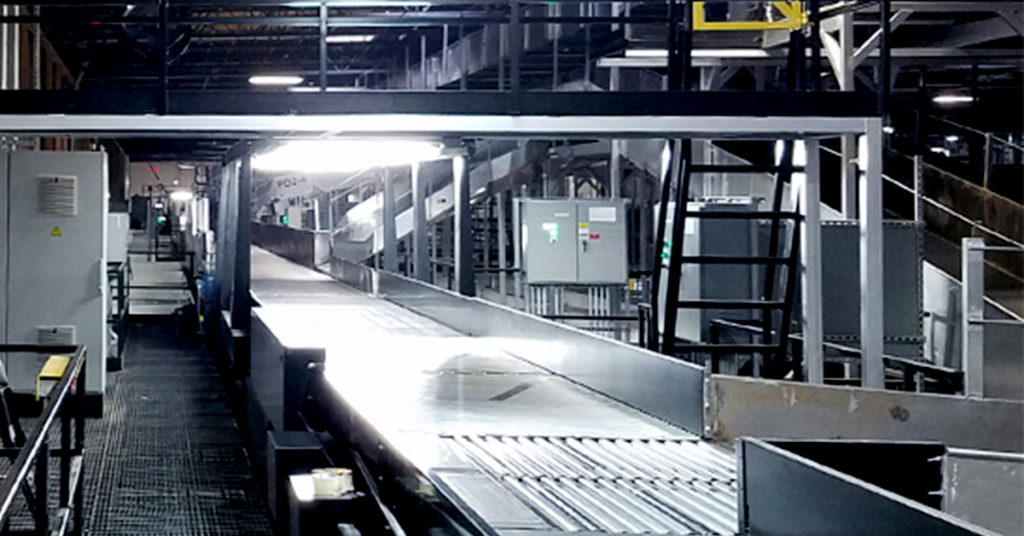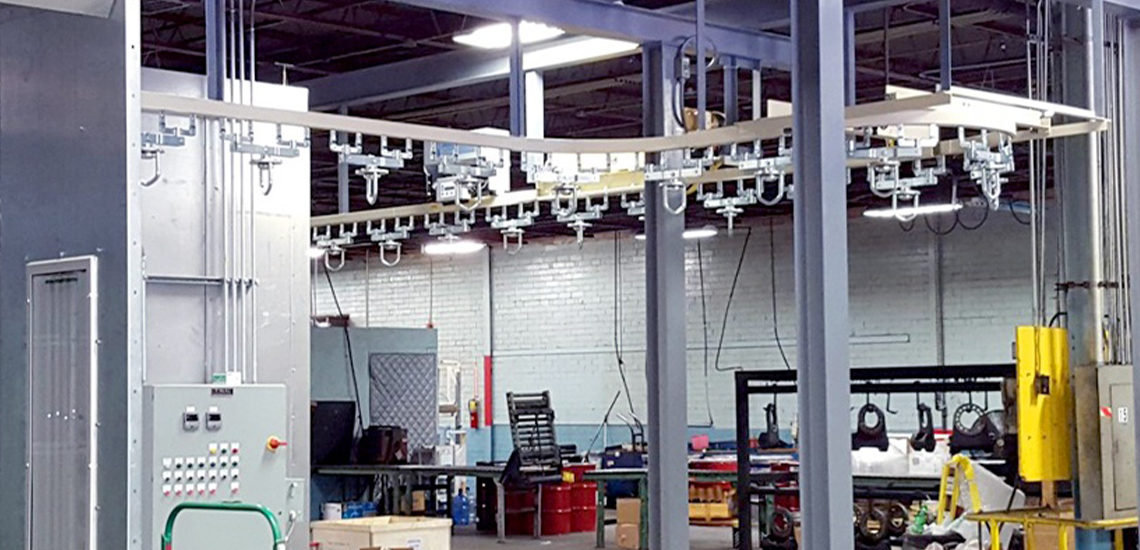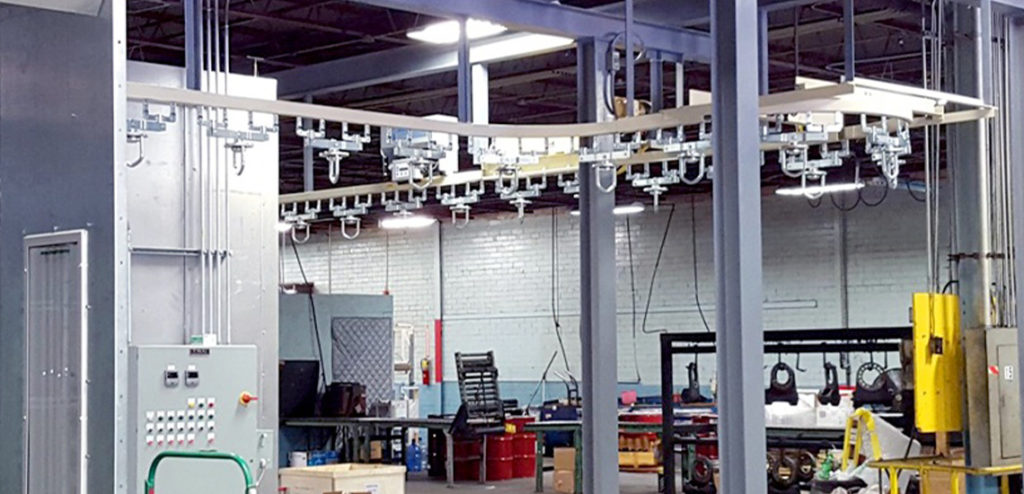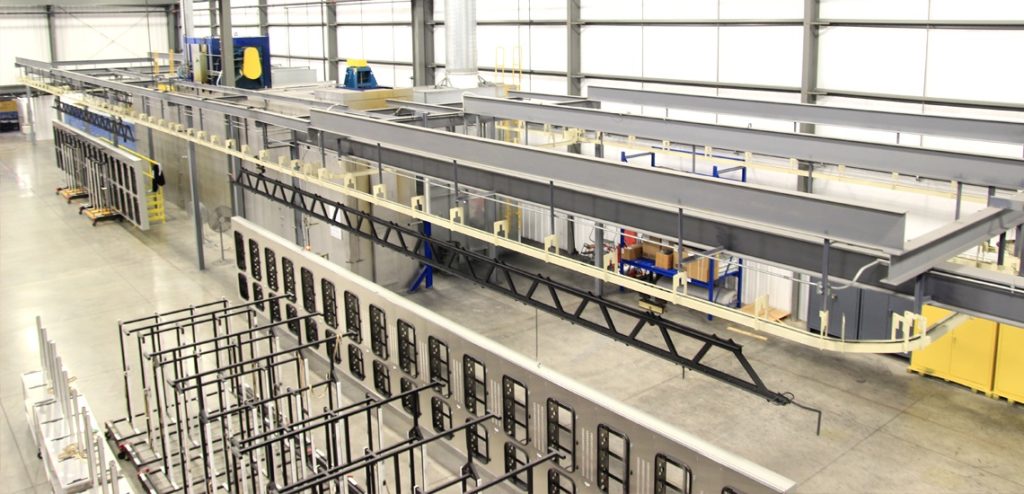
At first glance, choosing a material handling conveyor might sound relatively simple. However, there are several important factors that you need to take into account from the cost of the equipment, the material you want to handle, and the type of operation you would like to run. In addition, you should also be aware that there are several material handling challenges and choosing the right material handling conveyor can alleviate them.
When you consider all these aspects properly, you’ll know that you’ll have the best custom material handling solution for your needs. But what are the things you should consider? In this post, we’ll answer this question in detail.
Material
When choosing a material handling conveyor, the type of material you’re planning on handling is perhaps the most important consideration. This means, to choose the most effective material handling conveyor, you’ll need to consider and understand:
- The state of the material.
- What the composition and particle size of the material is.
- How flowable the material is.
- How abrasive the material is.
- The temperature and moisture content of the material.
These aspects will shape the custom material handling solution you choose and will give you peace of mind knowing that you’ve chosen the right solution based on your unique needs and requirements.
Operation
Apart from the type of material you plan on handling, how you want to handle it is also an important consideration. In other words, you should take into account the type of operation you’ll be running. Here, you’ll determine whether your operation is:
- Conveying. Conveying simply means transporting the material from one point to another.
- Feeding. Feeding is more intricate and requires that the material be fed into the system at pre-determined rates.
No matter what your specific requirements are, certain conveyors work better for certain types of operations.
Cost
Understandably, you’ll also consider the cost of the conveyor. However, this is not as simple as choosing the most affordable option due to budget constraints or choosing the most expensive because you want better quality. When choosing the most affordable conveyors, you might pay more in the long run on maintenance or lose income when the equipment fails. Conversely, you might feel that you’re not getting your money’s worth when going for the most expensive conveyors if it’s not the right fit for your needs.
Ultimately, to choose the right material handling conveyor, you’ll need to find the balance between your budget, the cost of the equipment, and what your return on investment will be. In other words, you should consider the value you’ll be getting. Fortunately, material handling manufacturers like Richards-Wilcox Conveyor can help you assess your needs and what solution will be best suited to you.
Maintenance
Your material handling conveyor will inevitably need maintenance. It has mechanical parts that need to be inspected and maintained regularly in order to ensure efficiency. If not, it could have a negative impact on your revenue and business. With this in mind, you’ll need to consider the maintenance requirements when choosing a material handling conveyor.
In addition, while the cost of the equipment is the initial investment, maintenance also carries a cost component that you’ll need to consider.
Environment
When choosing a conveyor, you’ll also consider the work environment you plan on using it in. This is simply because the environment might dictate what equipment you need. For instance, if there’s the potential for fires or explosions, you’ll need special equipment. Likewise, when your employees work closely with the equipment, there are some health and safety concerns you should consider as well.
Footprint
Finally, you should also consider the footprint of the conveyor. You’ll have to consider the size and design of the conveyor as well as the space you have available. Understandably, you want to make the most efficient and effective use of the space you have.
Fortunately, a conveyor systems and engineer specialist like Richards-Wilcox Conveyor can provide you with invaluable information and assistance to ensure you get the most efficient system based on the space you have available.
Find the Right Material Handling Conveyor with Richards-Wilcox Conveyor
Choosing the right material handling conveyor will ensure that you achieve your throughput goals and that your processes are as effective and efficient as possible. Hopefully, this post helped illustrate the aspects you should consider when choosing a material handling conveyor.
To learn more about custom material handling solutions, get in touch with Richards-Wilcox Conveyor. We are specialists in conveyor systems engineering and we focus on creating custom solutions that meet the needs of our valued customers.
